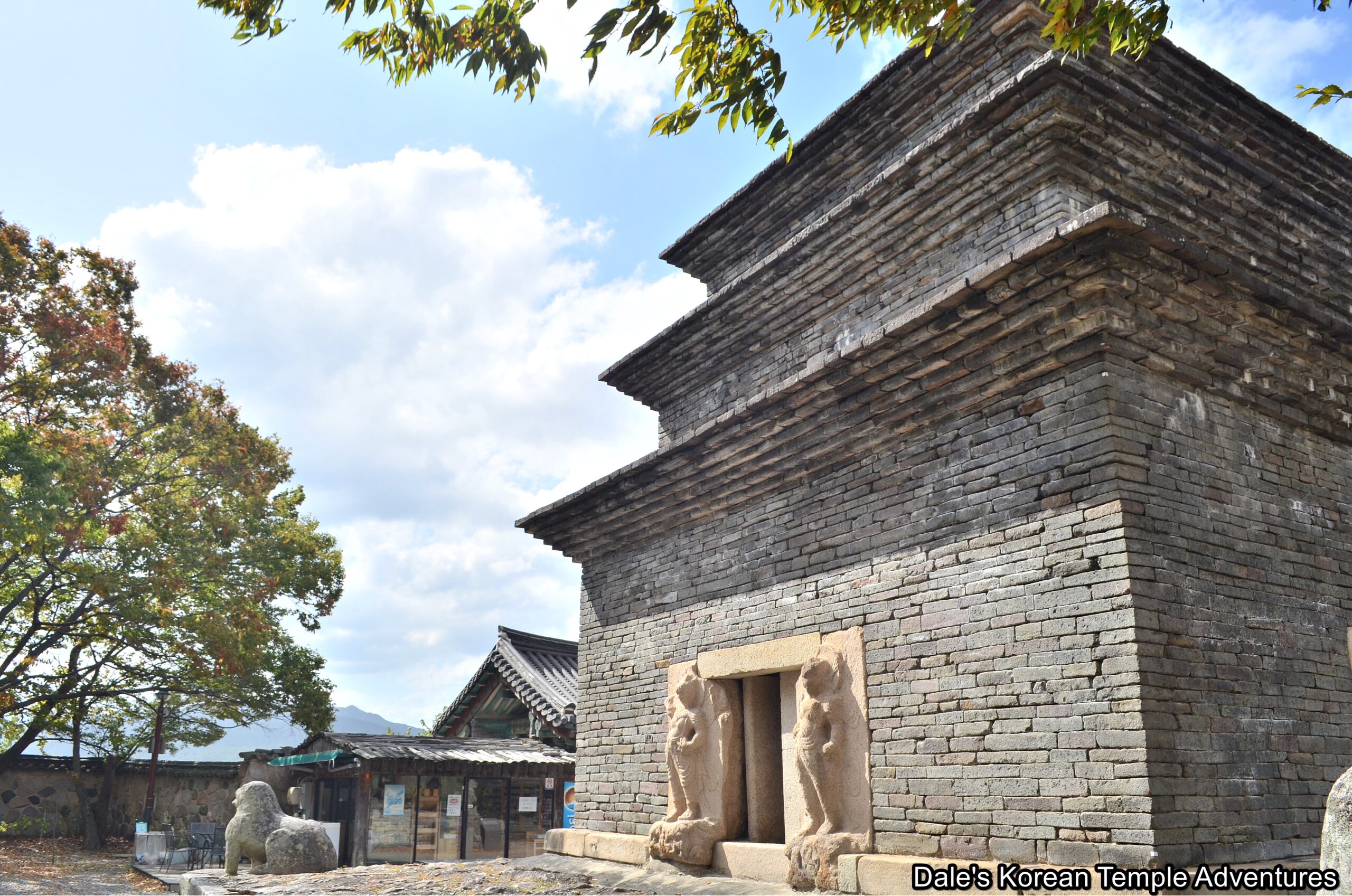
Hello Everyone!!
Bunhwangsa Temple is located in downtown Gyeongju near Hwangnyongsa-ji Temple Site and Wol-ji Pond. Bunhwangsa Temple means “Fragrant Emperor/Imperial Temple,” in English. Bunhwangsa Temple was first established in 634 A.D. under the auspices of the famed Silla ruler, Queen Seondeok (r.632-647 A.D.).
At this time, during Queen Seondeok’s reign, Buddhism was only a century old, having only been adopted by the Silla Kingdom in 527 A.D. by King Beopheung (r.514-540 A.D). Early in its history, Bunhwangsa Temple was a large temple. It consisted of an inner gate, three golden halls, an assembly hall, a gallery, and a stone pagoda (which is the only thing that still remains today from Bunhwangsa Temple’s golden age). The temple was several acres in size, and it was one of four prominent temples of the Silla Kingdom. Two famous monks that are closely associated with Bunhwangsa Temple are Jajang-yulsa (590-658 A.D.) and Wonhyo-daesa (617-686 A.D.). Jajang-yulsa is widely credited with being a major force behind the adoption of Buddhism as the state religion of Silla. And Wonhyo-daesa was central to the growth and popularity of Buddhism through his personal life and the many Buddhist treaties that he wrote. The oldest known portrait of Wonhyo-daesa resides inside the main hall at Bunhwangsa Temple. Also, upon his death, Seol Chong (650-730 A.D.), Wonhyo-daesa’s son, brought his father’s remains to Bunhwangsa Temple. Seol Chong created a clay image of his father, Wonhyo-daesa, and interred the famous monk’s ashes inside it. Unfortunately, this clay image no longer exists.
Bunhwangsa Temple continued to grow in prominence and importance through the Gwanseeum-bosal mural painted by Solgeo, and the Yaksayeorae-bul (The Buddha of Medicine, and the Buddha of the Eastern Paradise) that was made from forty-eight tons of copper. This massive statue was designed and built by Ganggonaemal in 755 A.D. Unlike today’s Buddhist temples, it was not common for people to pray and worship at Buddhist temples during the Silla Dynasty. Instead, Bunhwangsa Temple was a state supported religious institution, where monks prayed constantly for the good of the state. These monks and the temple were supported, financially and governmentally, by the Silla Kingdom.
In total, Bunhwangsa Temple has been destroyed by invading armies three times. The first came in 1238 by the invading Mongols during the Mongol invasions of Korea (1231–1259). The second time Bunhwangsa Temple was destroyed was in 1592, by the invading Japanese, during the first wave of hostilities of the Imjin War (1592-1598). Bunhwangsa Temple was further damaged by the Japanese in 1597, during the second wave of the Imjin War, which is known as the “Chongyu War: Second invasion” (1597–1598).
In 1609, the Bogwang-jeon Hall, which is the only shrine hall that currently occupies the temple grounds, was constructed. While Bunhwangsa Temple, in its current form is a tiny fraction of its former self, it at least now holds daily prayer services inside the Bogwang-jeon Hall. For the longest time, Bunhwangsa Temple was nothing more than a tourist attraction.
Bunhwangsa Temple is home to one National Treasure, and two Cultural Properties Materials. It’s also included as part of the Gyeongju Historic Areas as a UNESCO World Heritage Site since 2000.
When you first approach the temple grounds by way of the newly expanded temple parking lot, you’ll notice mature trees reaching up into the sky above the stone and mud fence that separates the outside world from the inner-sanctum of Bunhwangsa Temple. To the right, you’ll come to the temple ticket booth, and the temple entry gate.
Once you enter into the temple grounds, you’ll immediately be welcomed by National Treasure #30, the Stone Brick Pagoda of Bunhwangsa Temple. Like Bunhwangsa Temple itself, the famed brick pagoda was also built in 634 A.D. It’s the oldest extant pagoda from the Silla Kingdom (57 B.C. to 935 A.D.). Because the Silla Kingdom didn’t have a long history creating pagodas, Bunhwangsa Temple is based on Tang Dynasty pagodas of this era. However, unlike the brick pagodas of the Tang Dynasty, the Silla architects used stone that was black andesite and then cut them into bricks. Originally, the pagoda at Bunhwangsa Temple was nine stories in height, and each story became progressively smaller in size. Unfortunately, the pagoda now only consists of three stories. On each side of the brick pagoda, there’s an entry into the pagoda on the first story. Each of these entries is guarded by a pair of Geumgang-yeoksa (Vajra Warriors). And if you look closely into the entries, and past the slightly ajar doors, you’ll notice some debris. And each of the four corners of the elevated pagoda base is adorned with guardian lions. While two of these lions have been well-preserved, the other two have seen better days. Additionally, lotus blossoms adorn the pagoda.
In 1915, a partial restoration of the pagoda was initiated by the occupying Japanese (1910-1945). During this restoration, the Japanese discovered a sari (crystallized remains), a reliquary, and the cremated remains of a monk hidden between the second and third story of the famed pagoda at Bunhwangsa Temple. Additionally, gold and stone ornaments, coins, scissors, and even a needle, were all found inside the pagoda. All these items point towards the possibility that a woman of royalty, perhaps even Queen Seondeok herself, was once the owner of these objects.
In total, Bunhwangsa Temple only has one shrine hall. This shrine hall is known as the Bogwang-jeon Hall, which is dedicated to Yaksayeorae-bul (The Buddha of Medicine, and the Buddha of the Eastern Paradise). Adorning the exterior walls of this solitary shrine hall are fading Palsang-do (The Eight Scenes from the Buddhas Life Murals). Standing inside the Bogwang-jeon Hall is a 3.45 metre tall statue dedicated to Yaksayeorae-bul. This statue dates back to 1774, and it’s a beautiful example of mid-Joseon Dynasty Buddhist artistry. This is Korean Cultural Properties Materials #319. This statue is joined to the right by the oldest mural dedicated to Wonhyo-daesa in existence.
There are a few stone artifacts spread in and around the temple grounds. The first is the Silla-era stone flagpole holder out in front of the temple grounds. Another, which is to the north of the brick pagoda at Bunhwangsa Temple, is the pedestal for the Biseok dedicated to Daeseong Hwajaeng-guksa, which was a title conferred on Wonhyo-daesa by King Sukjong of Goryeo (r.1095-1105). Not only did King Sukjong confer this title on Wonhyo-daesa, but it was also his wish to build this Biseok to the famed monk. So this Biseok was erected in 1101 for the famed Silla monk. The intact Biseok was destroyed in 1597, when the rest of Bunhwangsa Temple was also destroyed. All that remained of the Biseok was the pedestal. Some of the inscriptions on the body of the Biseok were discovered in 1976 and are now housed at the Dongguk University museum.
The other stonework at Bunhwangsa temple is the Hogukyongbyeoneojeong, or the Samnyongbyeoneojeong, from the Silla Dynasty. The upper portion of the well is octagonal, while the lower portion is cylindrical. According to the Samguk Yusa, or “Memorabilia of the Three Kingdoms,” in English, in 795 A.D., missionaries from Tang China visited the Silla Kingdom. During this visit, the missionaries changed the three dragons protecting the Silla Kingdom into small fish. They then took these fish back to Tang China and hid them in bamboo. The next day, two women, who identified themselves as the wives of the two dragons, came to the king of Tang China and asked for their dragon husbands back. One of the dragons was from Dongji (a pond), while the other was from Cheongji (another pond). They explained to the king that their husbands had been taken away from them by the Tang missionaries. The king immediately sent for the missionaries that had hidden the dragons in the bamboo forest. After they were given back to their wives, the dragons were given permission to live the rest of their lives in the Bunhwangsa Temple well. This stone well is Korean Cultural Properties Materials #9.
The final structure that visitors can explore at Bunhwangsa Temple is the Jong-ru, or the temple’s bell pavilion. This bell pavilion houses a large sized bronze bell with an ornate Poroe dragon crowning the large bell. There used to be a fearsome wooden fish gong that once took up residence inside this bell pavilion, but it’s no longer there. Not sure what happened to it, unfortunately.
Admission to the temple is 1,300 won, and Bunhwangsa Temple is open from 8 a.m. to 6 p.m (except in winter when it’s open from 8 a.m. to 5 p.m.).
HOW TO GET THERE: To get to Bunhwangsa Temple, you’ll need to make your way down a country road that starts at the Gyeongju National Museum. This road runs alongside the famed Hwangnyongsa-ji Temple Site. You’ll need to cross over the railway tracks midway along the way, and hang a right in the bend of the road at the end of the country road.
If you’re not travelling to the Gyeongju National Museum area first, you can simply board a bus from the Gyeongju Intercity Bus Terminal. You can catch Bus #10 (at fifteen minute intervals), Bus #11 (at eleven minute intervals), Bus #15 (three times a day), Bus #17 (once a day at 6:20 a.m.), Bus #18 (nine times a day), Bus #277 (nine times a day) to get to Bunhwangsa Temple. The bus stop is across the street from the Gyeongju Intercity Bus Terminal, and the bus ride should take about fifteen minutes to get the Bunhwangsa Temple.
OVERALL RATING: 7.5/10. For simply housing the amazing Stone Brick Pagoda of Bunhwangsa Temple, which is National Treasure #30, it’s well worth visiting this beautiful temple in Gyeongju. While quite small in size, it does have the historic Bogwang-jeon Hall that houses the golden statue of Yaksayeorae-bul and the oldest mural dedicated to the famed Silla-era monk, Wonhyo-daesa. Also, the well and temple bell pavilion are something to keep out eye out for in the mature persimmon and pine tree forest at Bunhwangsa Temple.
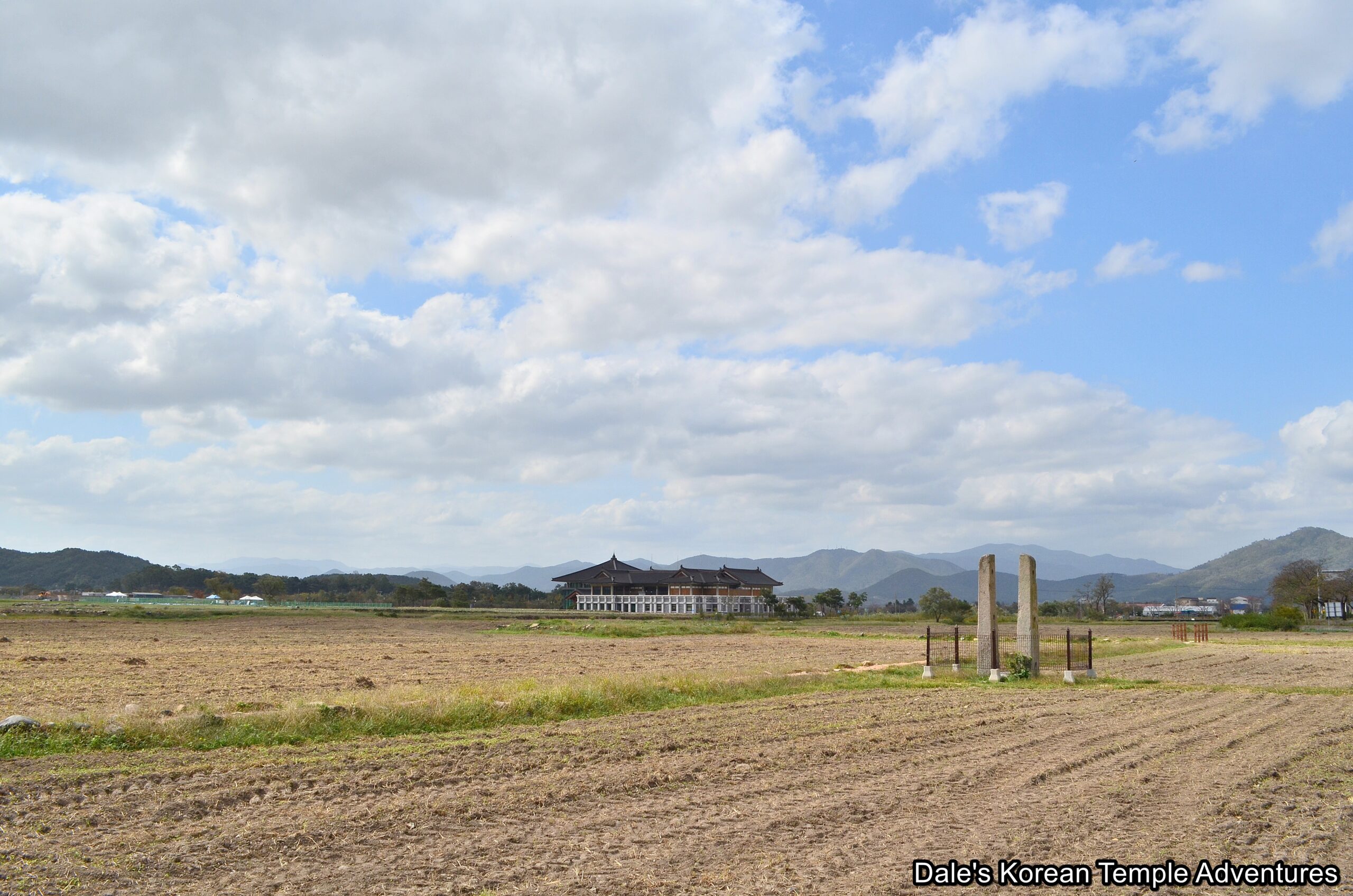
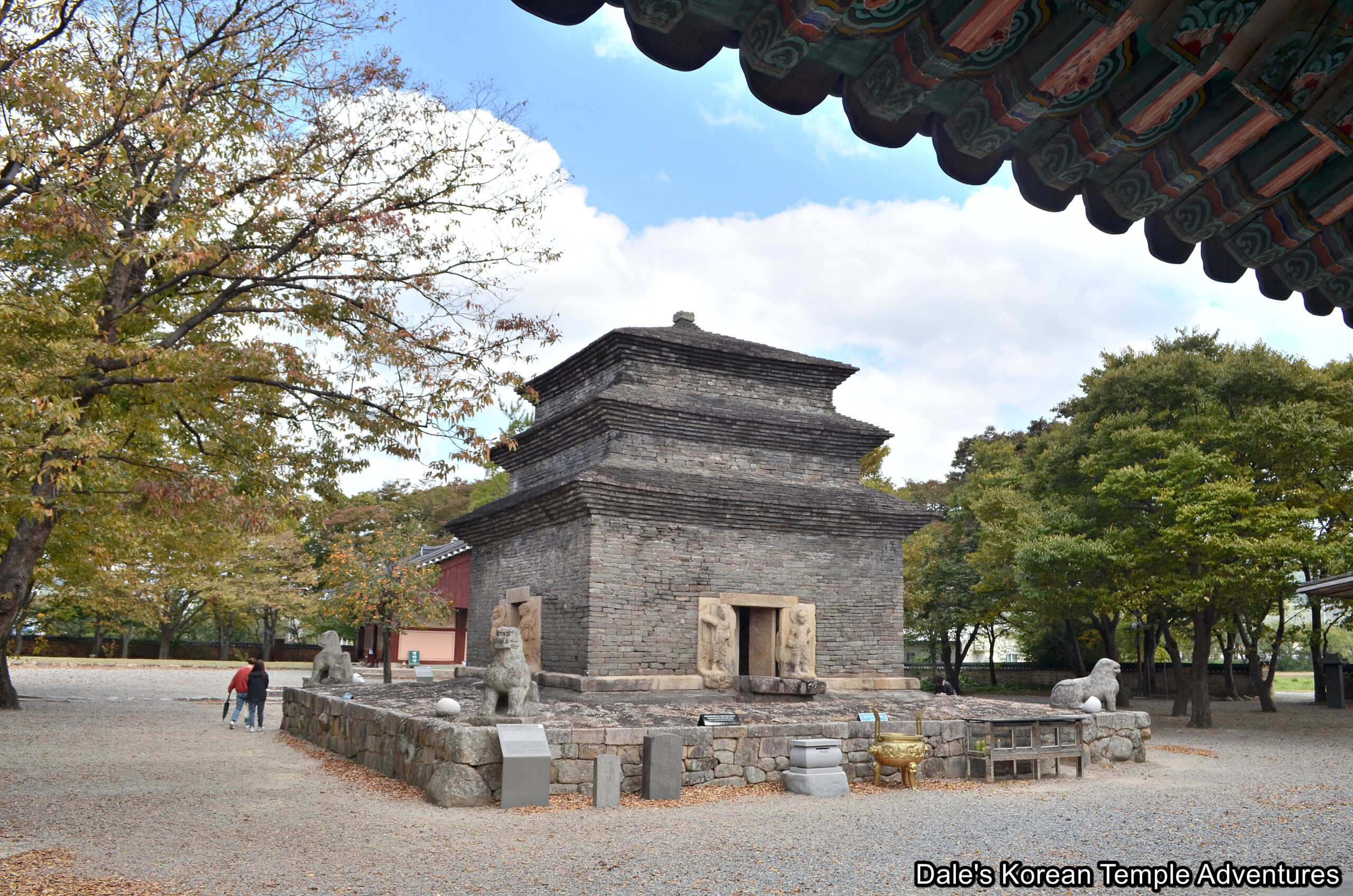
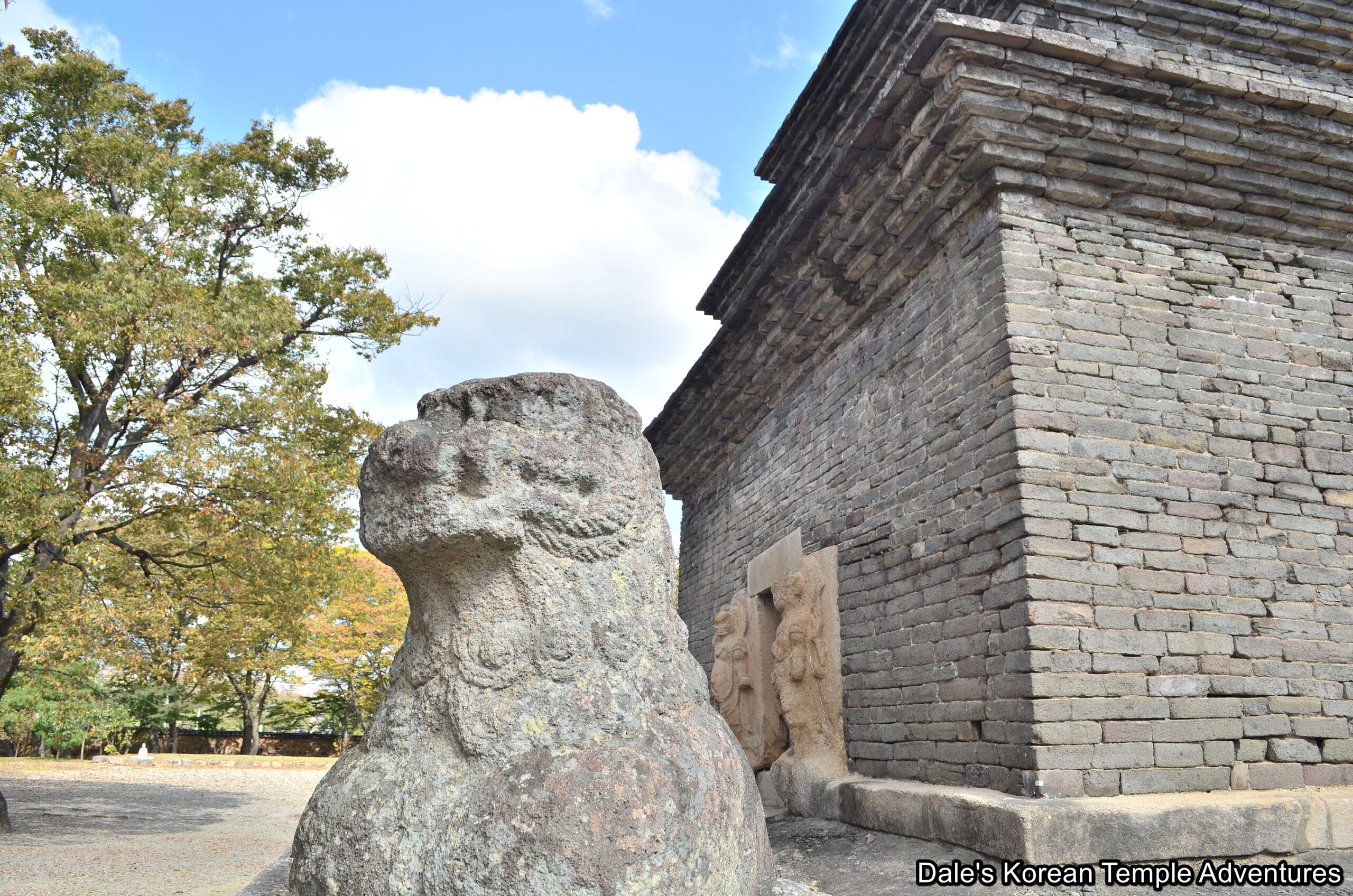
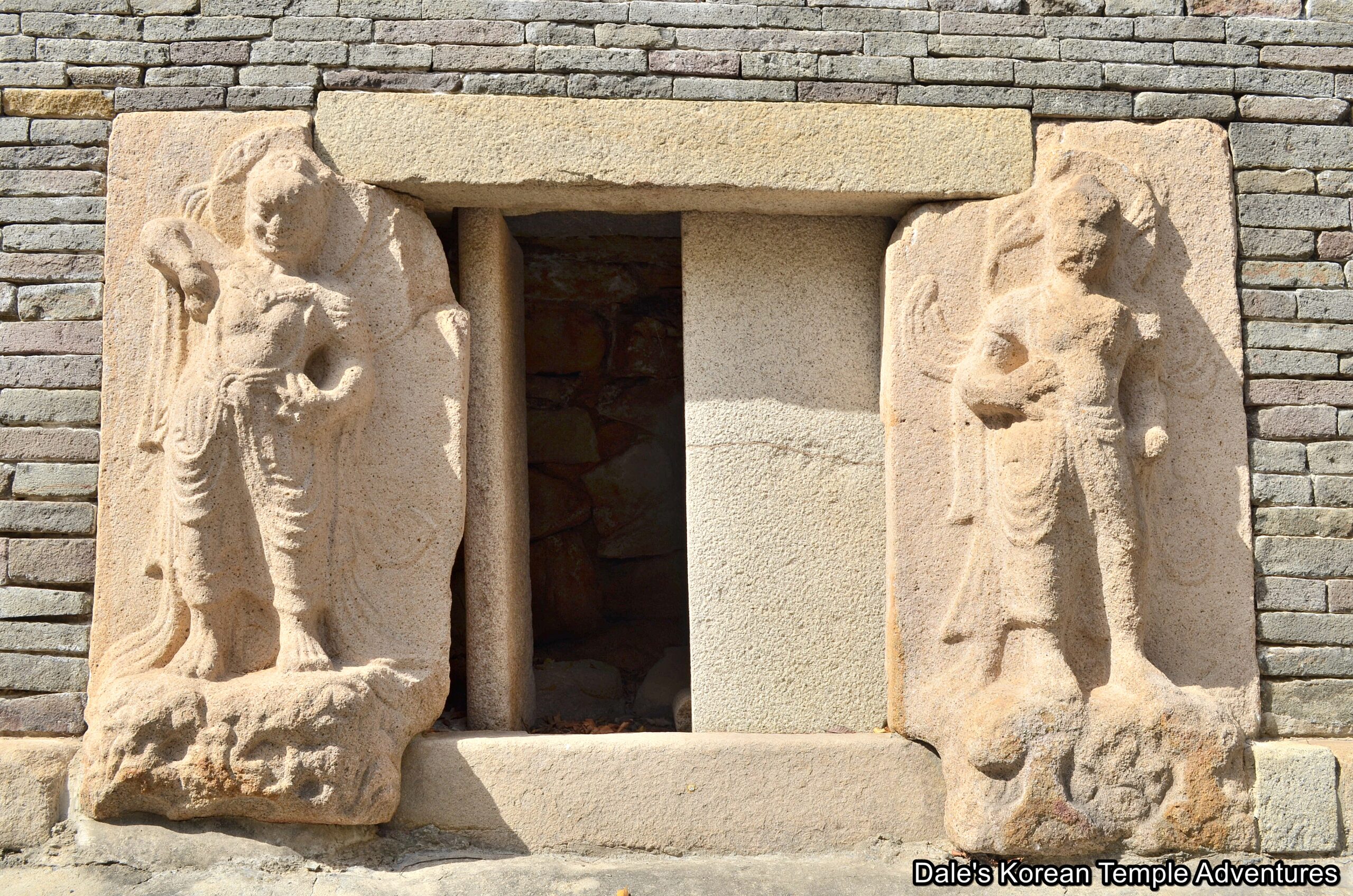

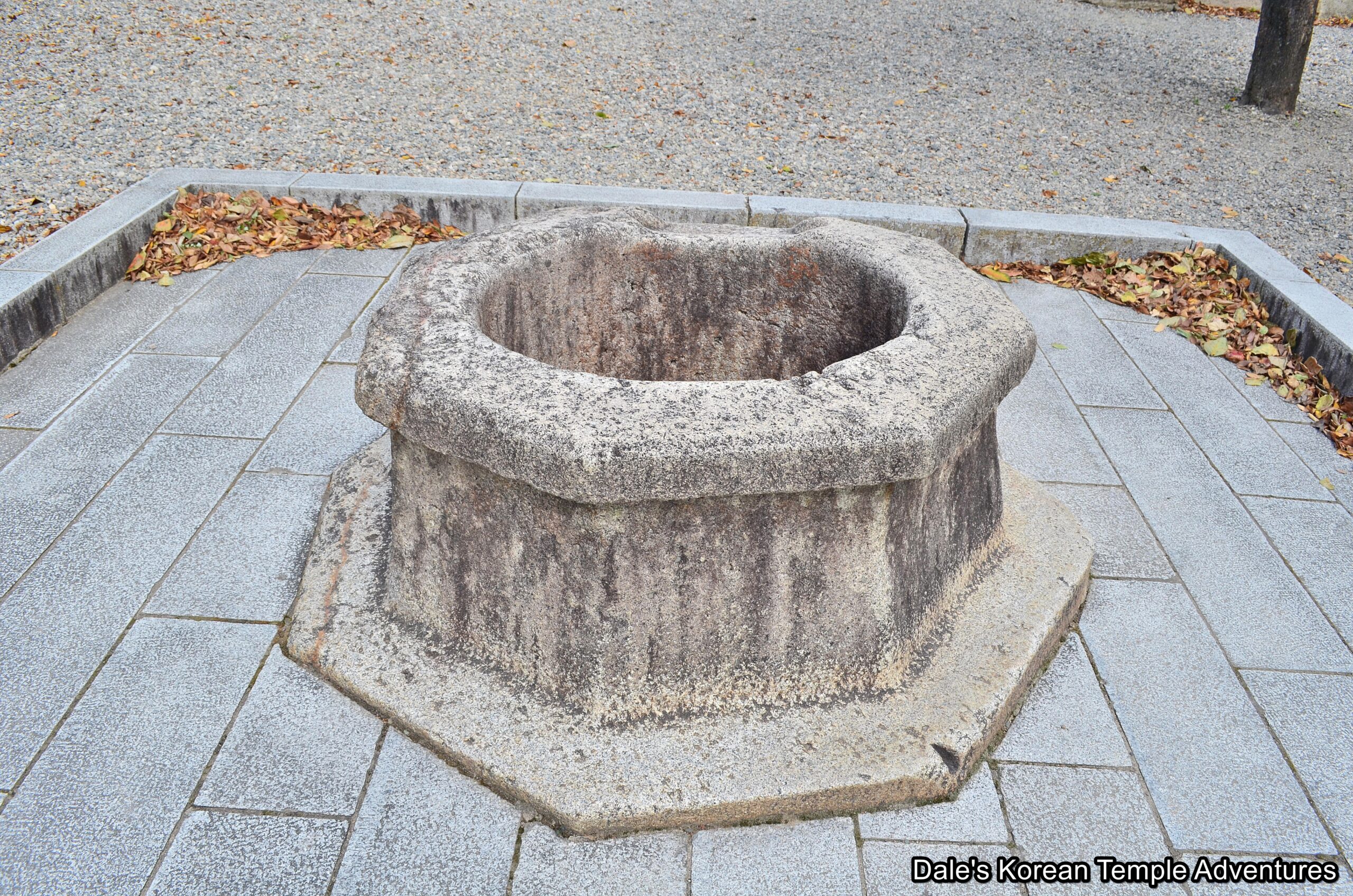
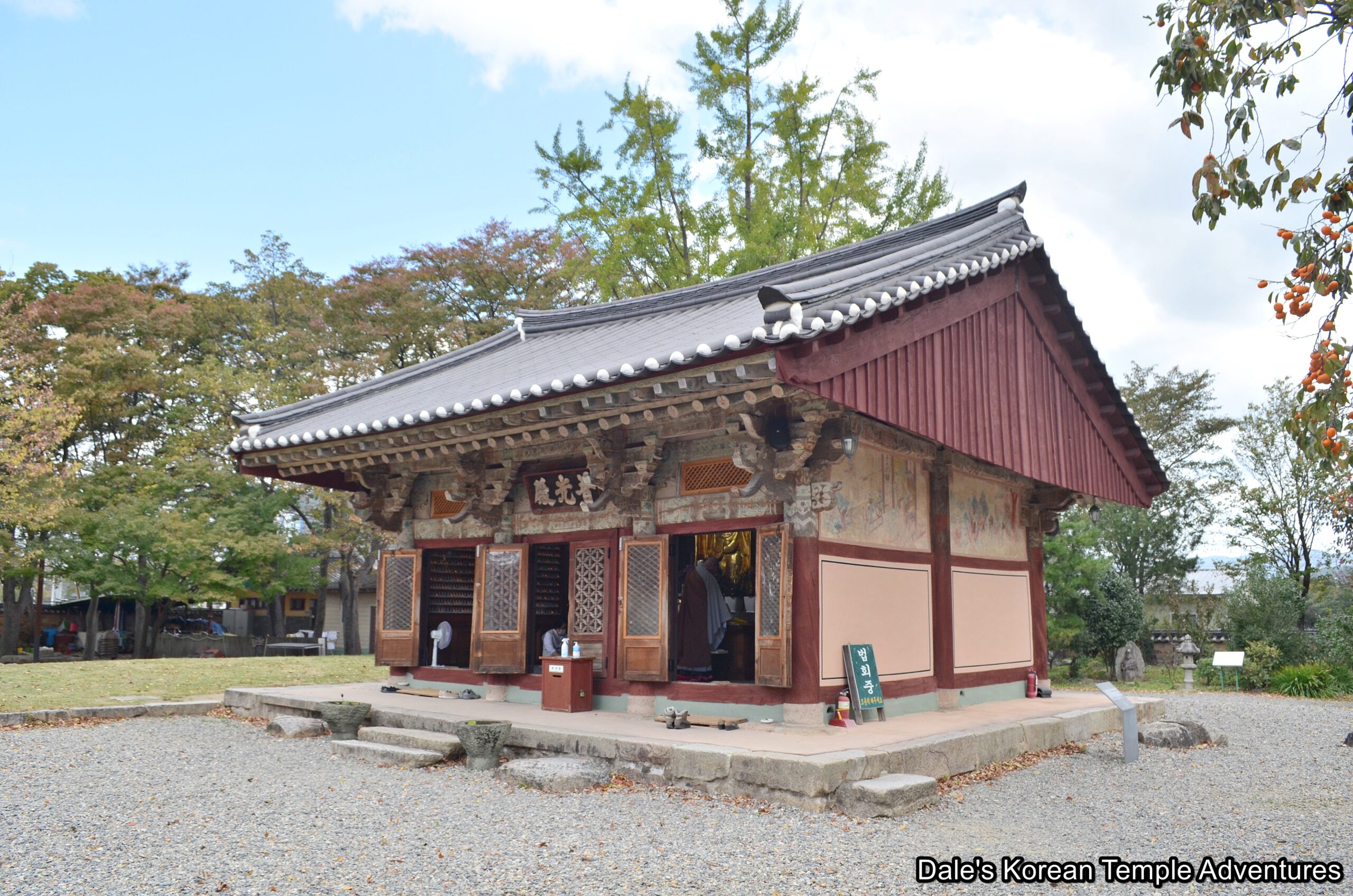
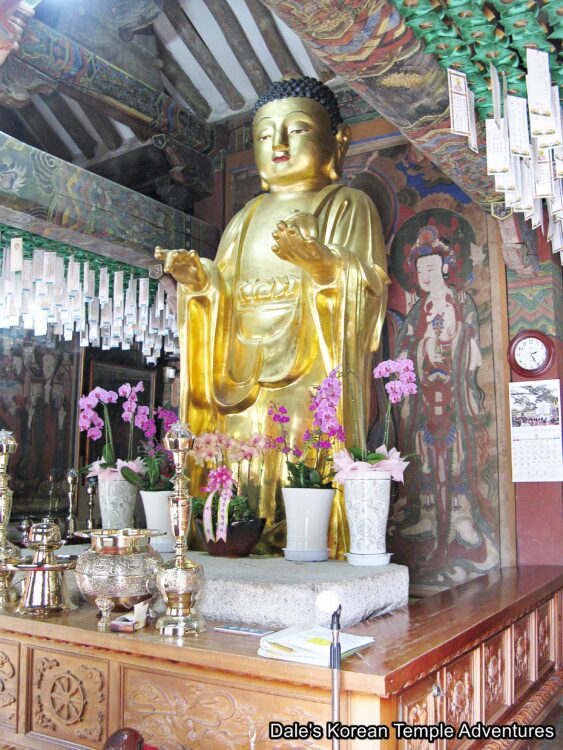

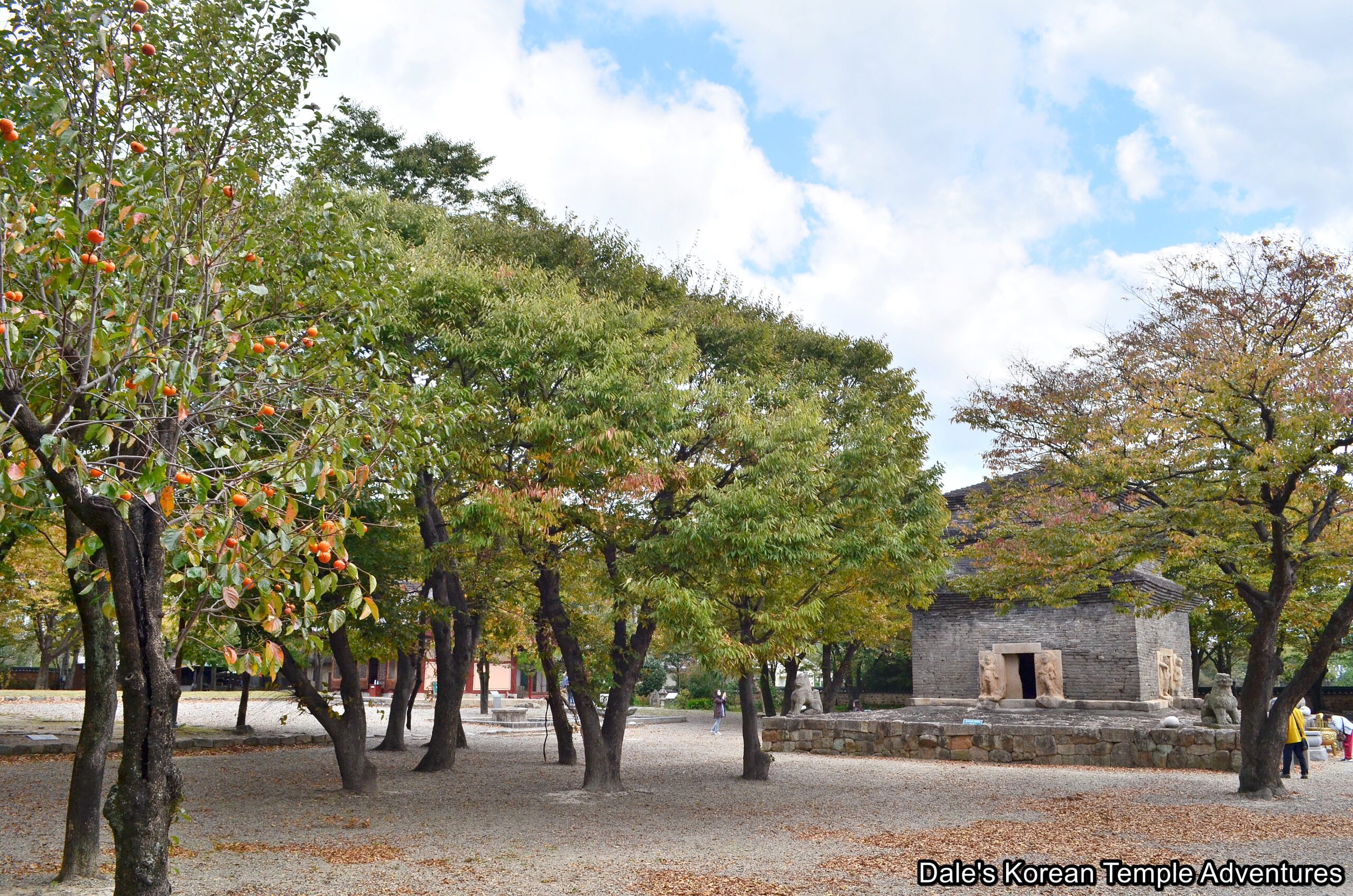


Recent comments